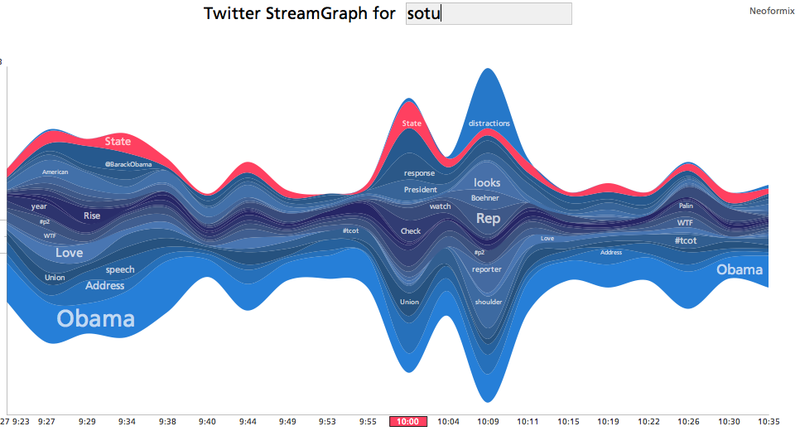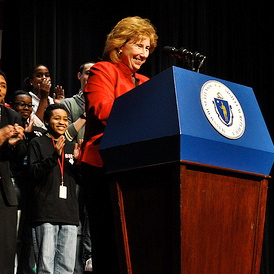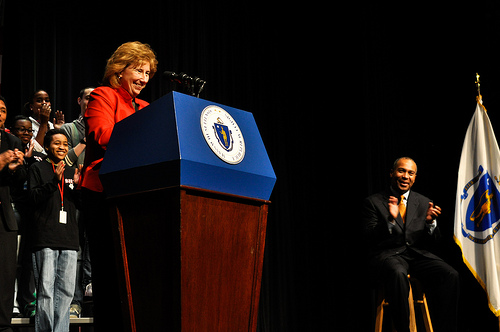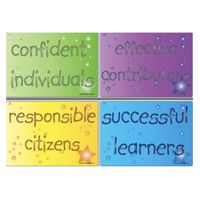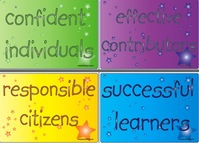 The Save Our Schools March and National Call to Action is holding a one-day fundraiser. Please consider making a tax-deductible gift today, as part of their day-long May 7th “Money Cascade” to support the March. They’ve set an initial goal of $2500.
The Save Our Schools March and National Call to Action is holding a one-day fundraiser. Please consider making a tax-deductible gift today, as part of their day-long May 7th “Money Cascade” to support the March. They’ve set an initial goal of $2500.
I just made a quick $10 donation – will you match me?
Click here to go to their donation page via Paypal
Here’s more information from Save Our Schools March
“The march is being held in response to recent destructive ‘reform’ efforts which have undermined our public educational system, demoralized teachers, and reduced the education of too many of our children to nothing more than test preparation. Something must be done – and it must be done now!
Please join people from all across America as they gather to participate in the Save Our Schools March on Saturday, July 30 in Washington, D.C.
The Save Our Schools March and National Call to Action is calling on Americans everywhere to demand:
- Equitable funding for all public school communities.
- An end to high stakes testing for student, teacher, and school evaluation.
- Curriculum developed for and by local school communities.
- Teacher and community leadership in forming public education policies.”


